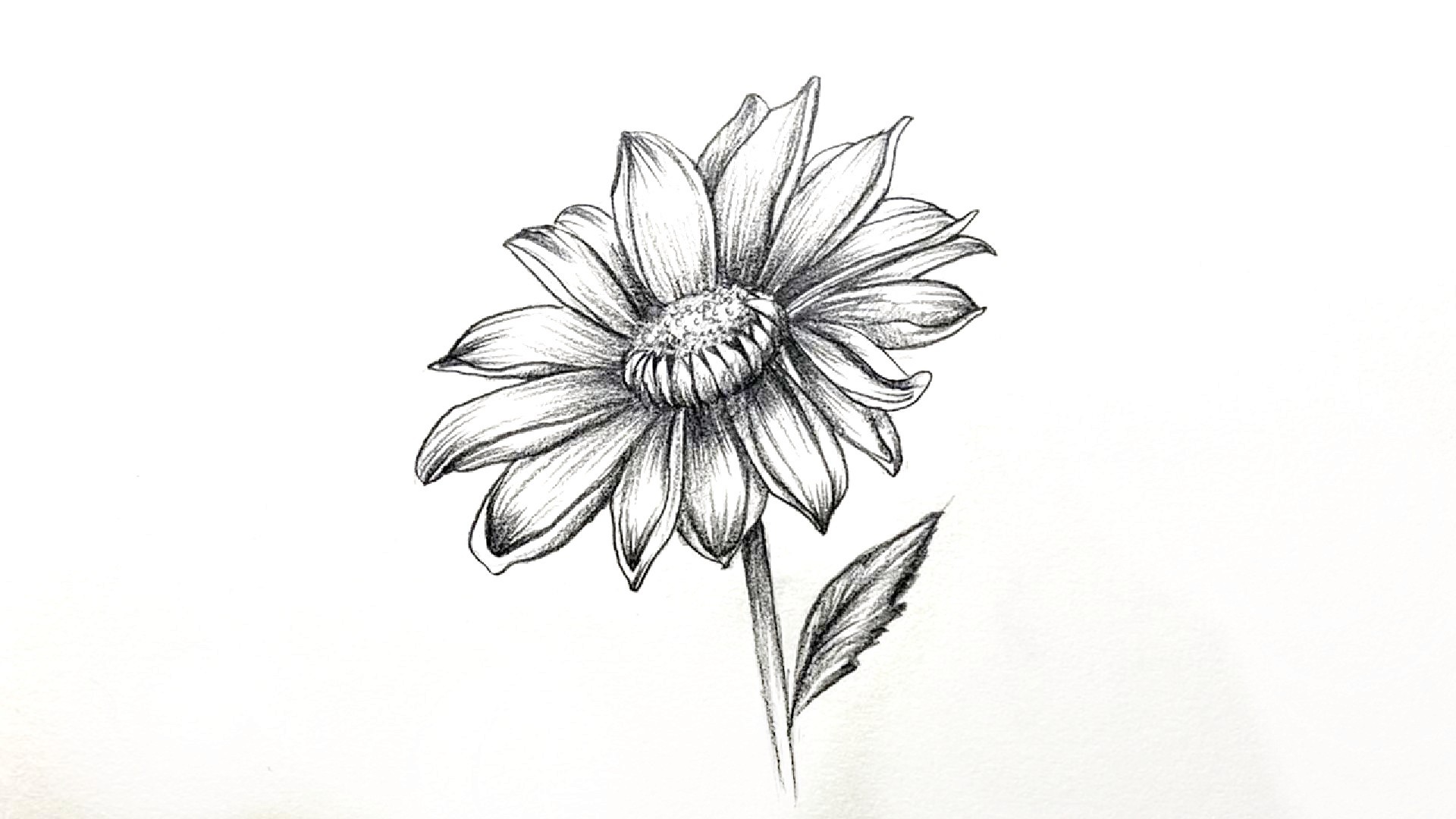10 Essential Tips for Learning How to Draw: A Beginner’s Guide
Oct 25, 2024
This art lesson was originally scribbled on a napkin at PencilPal's super-secret creative headquarters.

Drawing can feel daunting for beginners, but with the right approach, anyone can develop their skills. Whether you’re picking up a pencil for the first time or coming back to an old hobby, these 10 pragmatic tips will set you on the path to success.
1. Start with Basic Shapes
Every complex drawing is built on simple shapes.
Practice drawing circles, squares, triangles, and ovals.
Break objects into their basic shapes before adding details. For instance, a face can start as an oval with guidelines for placement.
2. Master Your Tools
You don’t need fancy equipment—start simple:
Use a good-quality sketchbook and a basic pencil (like a 2B).
Experiment with erasers, shading tools, and colored pencils as you progress.
3. Focus on Line Control
Consistency is key when learning to draw.
Practice straight lines, curves, and spirals to improve your hand control.
Keep your wrist loose and try drawing from your shoulder for smoother, larger strokes.
4. Observe Like an Artist
Train your eyes to notice details others might miss.
Look closely at shapes, shadows, textures, and proportions in everyday objects.
Practice sketching what you see—not what you think you see.
5. Learn to Use Light and Shadow
Shading adds depth to your drawings.
Identify a light source and practice adding shadows to simple objects like spheres or cubes.
Use a variety of pressure on your pencil to create gradients.
6. Work on Proportions
Proportions are the foundation of realistic drawing.
Use measuring techniques, like holding a pencil at arm’s length to compare sizes.
Divide subjects into sections using guidelines (e.g., thirds for faces).
7. Start Small
Don’t overwhelm yourself with big, intricate drawings.
Begin with simple sketches, like a single leaf or a cup.
Gradually move to more complex subjects as you gain confidence.
8. Draw Daily (Even if Just for 10 Minutes)
Consistency beats perfection when it comes to practice.
Set aside a few minutes every day to sketch, even if it’s a quick doodle.
Create a habit—regular practice helps you improve faster.
9. Don’t Fear Mistakes
Mistakes are part of learning.
Keep a dedicated sketchbook to track your progress.
View every mistake as an opportunity to grow and refine your skills.
10. Use Tutorials and References
Don’t reinvent the wheel—learn from others!
Follow step-by-step tutorials for guidance.
Use photo references to practice drawing objects, animals, or people.
Bonus Tip: Enjoy the Process!
Remember, drawing is a skill, not a talent. Progress comes with practice, patience, and persistence. Celebrate your improvements and have fun along the way
The Pencilpal team